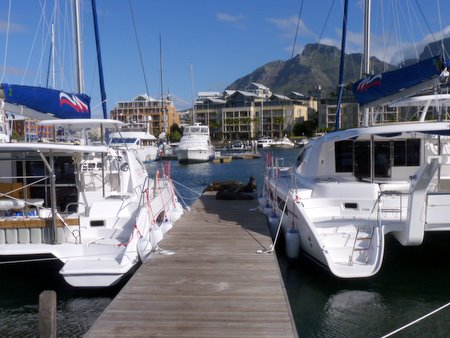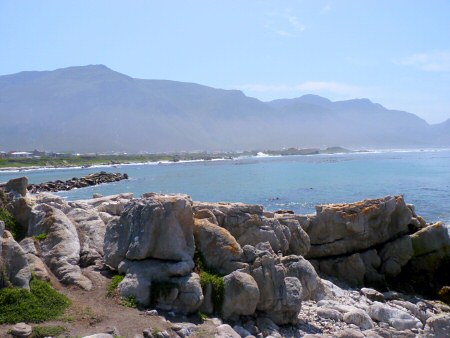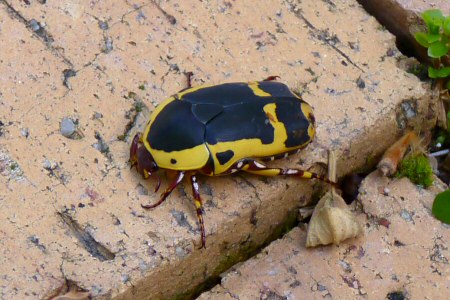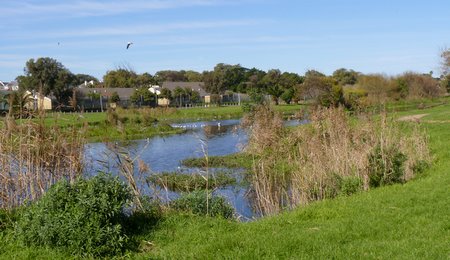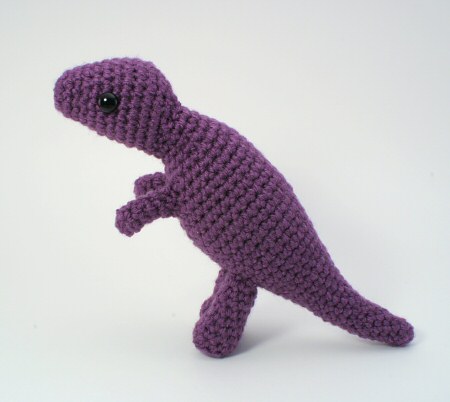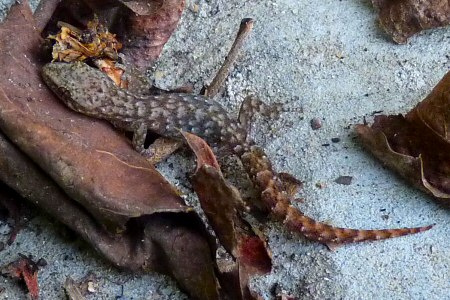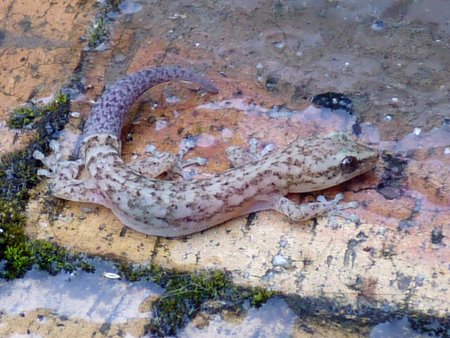
This is the eighth post in my monthly series on the fascinating nature I encounter here in South Africa. My biggest problem right now is deciding which photos to show you this month – between our adventures over Christmas and adding a birdbath and a new bird feeder to our garden, I have enough wildlife […]

